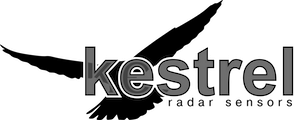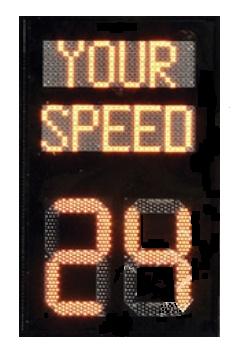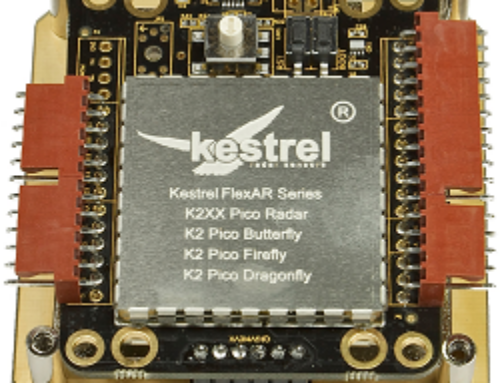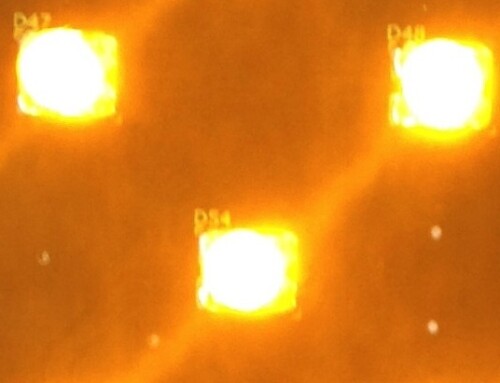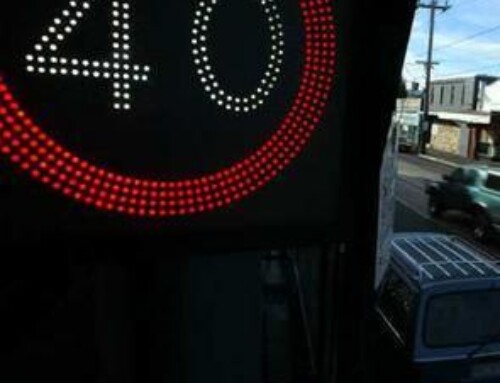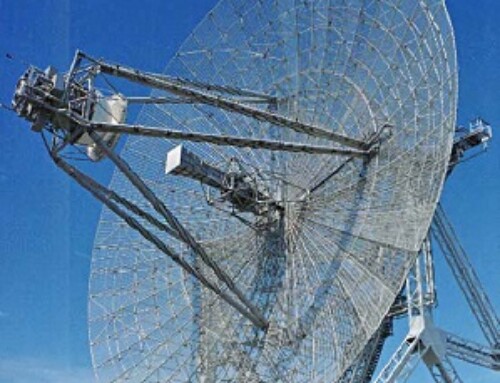Your Speed Sign or Speed Limit Signs – Which is best?
So which one should I choose: Speed Indicator Display ( SID Signs ) (commonly shown on roads as ‘Your Speed’ Signs) or the fixed Speed Limit Sign (e.g. 30 MPH)? I guess it depends on the location that the device is going in and the regulatory requirements (if any) for that sign.
Speed limit signs can be seen everywhere on our urban roads. They offer a straightforward warning when activated and can be coupled to auxiliary message signs that can offer feedback to the driver. Generally, these tend to be the signs with a Red ring of LED’s with the speed limit displayed in White LED’s in the centre. These devices have to be designed with a specific font, character size and light output level. These requirements are defined by Traffic Regulation standards.
Other signs are available that may not be so tightly controlled and these tend to display the vehicle speed in similar applications using Yellow (Amber) LEDs. The actual vehicle speed is shown up to a predefined limit at which point different modes of operation come into action. For instance, in a 30MPH zone, the display will give the actual vehicle speed up to about 33MPH but after this point it would simply flash a fixed 30MPH warning message. This is designed as a deterrent, demonstrating the capability of speed regulations, informing the driver that we know exactly how fast they are going!
If the message needs to be variable at different times of the day its clear that the Speed indicator types are going to be more useful than the fixed limit display. These more dynamic signs are used around schools, for example, allowing the speed limit warning to altered during specific time periods, 15MPH or 20MPH during start of school, during lunch time and when the schools closes then reverting back to a 30MPH standard. This flexibility makes these signs particularly attractive.
With the trend towards variable speed limits becoming more evident, these adjustable speed signs along with remote accessibility provide a great alternative where fixed signs cannot fulfil such requirements. Whether the speed limits are prefixed for the time of day or selectable from a remote control centre they offer flexibility in complex environments.
